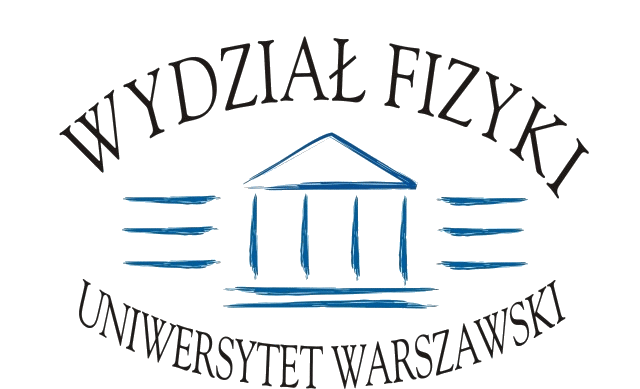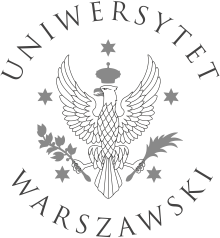Seminarium Optyczne
sala 0.06, ul. Pasteura 5
Rafał Kasztelanic (IGF UW)
Application of machine learning techniques and neural networks in the development of nanostructured optical fibers
Optical fibers play a key role in many fields of science and technology, forming the foundation of global telecommunications systems. With the increasing requirement to adapt their properties to specific applications, various types of optical fibers have been developed – from classical fibers with step and gradient refractive index distribution through photonic crystal fibers (PCF) and antiresonant fibers (ARF), to innovative nanostructured optical fibers (nOF). The nOF technology allows the refractive index distribution to be freely shaped, opening up new possibilities in controlling light propagation that are unavailable in traditional fabrication methods such as MCVD technology. key challenge in nOF development is determining the optimal spatial distribution of the rods. By default, an nOF fiber core is composed of 5,000 to 15,000 rods, leading to an astronomical number of 2n possible distributions. Traditional optimization methods, based on searching the entire space of possible solutions, become ineffective. As a result, previous nOF designs have been based on known refractive distributions that can be quickly adapted. However, when the optimal refractive index distribution is unknown, it becomes necessary to use advanced tools. In this context, design methods supported by machine learning (ML) algorithms and neural networks (NN) are becoming increasinglymportant in exploring and optimizing the multidimensional design spacewith unprecedented efficiency. I'll present two nOF design strategies based on ML and NN that speed up the optimization process and allow the exploration of new, previously inaccessible solutions. This increases the potential of these optical fibers in applications such as spatial multiplexing (SDM). The development of such methods has the potential to revolutionize the approach to the design of optical fibers, offering tools to fine-tune their properties to meet future technology needs.






